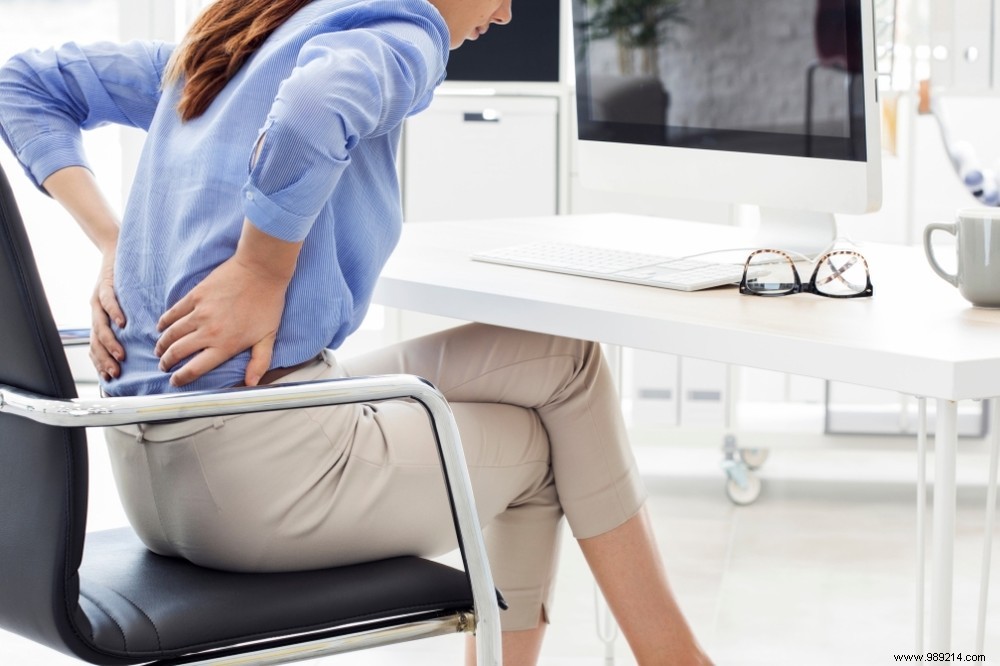
The health situation linked to the Covid 19 pandemic has obviously created new atypical psychological symptoms that are sometimes difficult to identify due to their diversity. Everyone knows that these act on our body and vice versa, which can lead to physical maladjustment. The rhythms of daily life as well as those of work are also profoundly modified. Here are some tips to help you successfully adapt to these changes.
With teleworking and the massive use of digital technologies, the body "moves less" it can be total sedentary life for some professions, partial for others:
All of these parameters create musculoskeletal disorders (MSDs) in some people, especially in so-called office jobs, sometimes accentuating pre-existing symptoms.
What are the parts of the body most “susceptible to MSDs” and how to try to remedy them in this particular context? Of course, the following analysis is not exhaustive, but will give you some simple tips to apply.
There is no doubt that it is necessary to seek “the best posture” possible with the material at its disposal. If the great standards in prevention and ergonomics remain valid, you have to make compromises at home.
The main thing at the workstation is to favor a slightly high seat (that is to say with your feet resting on the ground or on a footrest) with very low lumbar support at the level of the pelvis and not , contrary to certain beliefs at the level of the lumbar and dorsal hollow. It is important to make changes in sitting/standing position regularly, alternating with stretching, each of which has its own personal repertoire and at least 3 times a day, in infra-painful, that is to say below the threshold. pain.
This area is very busy with the attention paid to the content of computer screens, especially laptops, and is increased by the work carried out on double or even triple screens.
The first step is to work with the most horizontal gaze possible. We must therefore adapt our equipment accordingly. Here are some examples:
To "relax" your body, do self grows 3-4 times a day sitting or standing. It's about holding a book on the top of your head for a few seconds while exhaling deeply, shoulders down and back. This gymnastic exercise, although old, is still relevant!
To the simple accessories already mentioned, you can add a support under the forearm, such as a small silicone cushion (found on the market) and which you will take care to move regularly, to avoid harmful localized pressure, in particular at the junction with the hand (carpal tunnel).
The preferred exercise is the self-mobilization of the hands and wrists. Palmar faces joined, press the ends of the fingers alternately very slowly to the right then to the left, allowing the wrists to be extended then flexed.
Venous stasis or "heavy legs" settles in many with an impression of a feeling of impatience, tingling or even diffuse pain. The principle of the footrest, well known in office automation, should be favored.
A simple exercise that promotes blood circulation, combines relaxation of the hips and pelvis. It consists of practicing the 2 hands leaning against a wall, climbing on tiptoes and slow descents with bending of the knees while exhaling, about twenty times. The frequency is to be adapted by everyone as well as the bending of the knees if pain.
This uncertain health period with its procession of prohibitions and frustrations should encourage us to maintain our physical abilities intact to better overcome it.